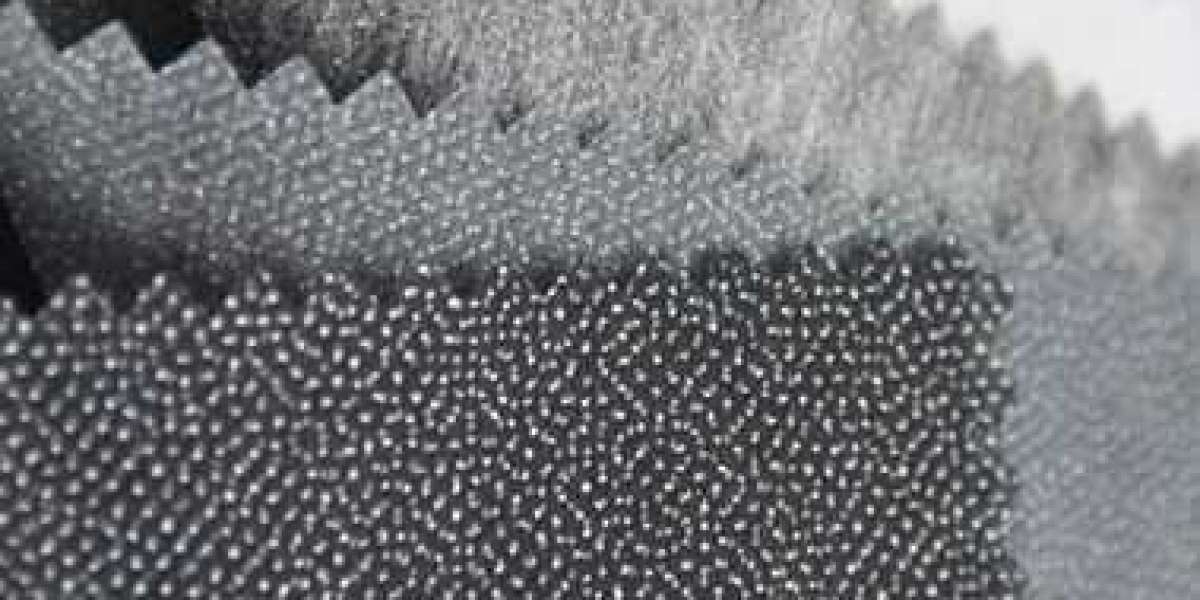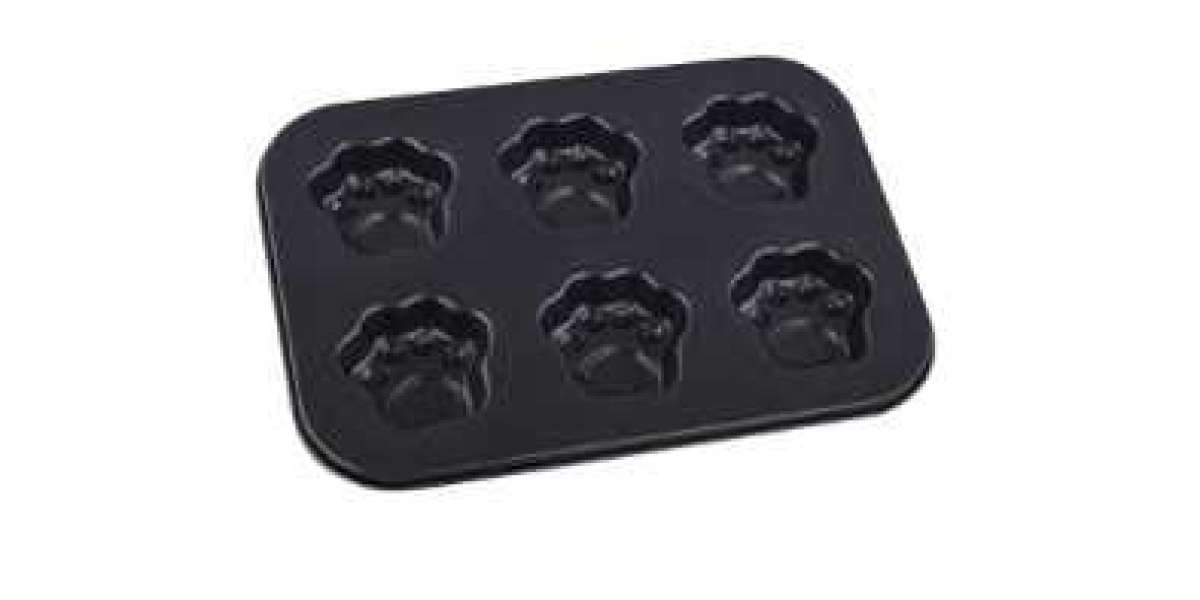The craftsmanship and technology of interlining have an important impact on the appearance and durability of shirts. Interlining refers to the fabric used for the collar, cuffs, front and other parts of the shirt. It is usually relatively firm and plays a supporting and shaping role.
**1. The influence of interlining material selection on appearance and comfort**
The materials of interlining are usually divided into natural and synthetic materials such as cotton, linen and polyester. Natural materials such as cotton interlining are soft and breathable, which can provide better comfort; while polyester fiber has strong shaping properties, which can keep the shirt more upright. The thickness of the interlining will also affect the styling of the shirt. Thicker interlining can enhance the three-dimensional sense of the collar and cuffs, which is suitable for formal occasions; while thinner interlining is suitable for daily wear and increases comfort.
**2. The influence of interlining craftsmanship and technology on appearance**
The process design of interlining includes dyeing, finishing, ironing and other technologies, which affect the appearance and texture of the shirt. For example, interlinings that have been specially ironed and shaped can better maintain the shape of the shirt and are not easy to deform. This treatment method can make the shirt look smoother and more stylish. With the development of technology, modern interlinings often add functional treatments such as anti-wrinkle, waterproof, and anti-fouling, which improves the durability and easy care of the shirt, while also maintaining the high-end appearance of the shirt.
**Three, the impact of interlining technology on durability**
The interlining process not only affects the appearance of the shirt, but is also closely related to its durability. First, the weaving density and fiber quality of the interlining determine its tensile and abrasion resistance. High-quality interlinings are not easy to deform during long-term wear and washing, which can effectively extend the service life of the shirt. Secondly, modern technology has enhanced the water resistance and heat resistance of interlinings. For example, interlinings using heat sealing technology can improve their heat resistance and tear resistance while maintaining a good appearance.
**Four, the relationship between interlining and shirt design**
The types of interlinings used in shirts of different design styles are also different. For example, business formal shirts often use stiffer interlinings to highlight the formality, while casual shirts tend to use softer, thinner interlinings to emphasize comfort and casualness. In addition, the color and pattern design of the interlining also affect the visual effect of the shirt. Usually, the interlining of the shirt is white or light-colored to contrast with the outer fabric and highlight the details.
In short, the craftsmanship and technology of the interlining determine the appearance, comfort and durability of the shirt through material selection, processing technology, design innovation and other aspects. Choosing the right interlining can not only enhance the overall texture of the shirt, but also improve its wearing experience and service life.













